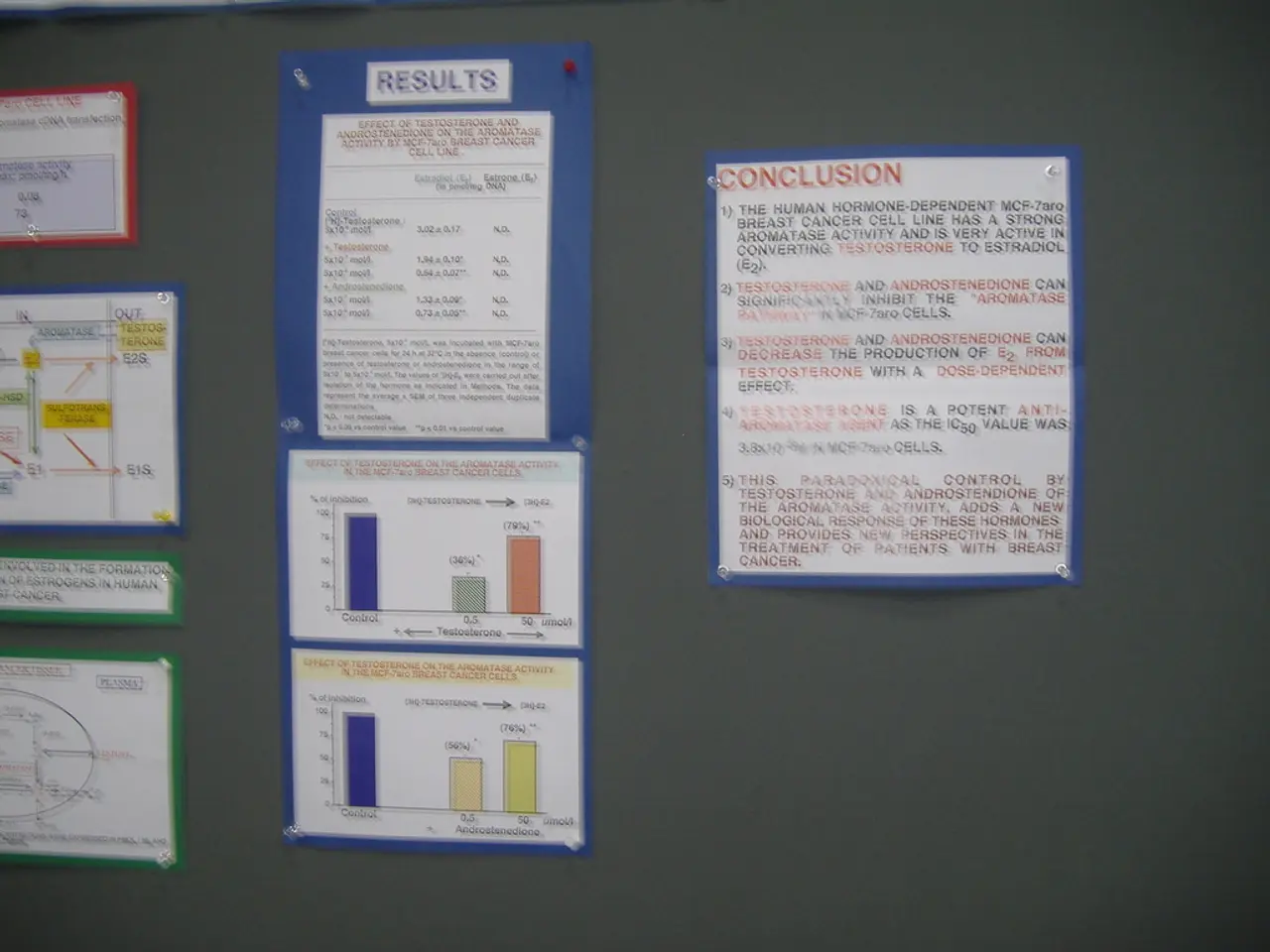Companies worldwide reconsidering strategies due to tariffs and trade policies adjustments.
Global firms grapple with mounting costs and supply chain disruptions as a result of tariffs and trade policy changes, according to new research. HSBC's 2025 Global Trade Pulse Survey polled over 5,700 businesses across 13 markets.
More than two-thirds of these companies have already experienced cost increases due to tariffs and trade uncertainties. Over 70% anticipate continued cost escalations in both the short and long term. Additionally, businesses expect an average drop in revenues of 18% due to supply chain delays.
Supply chain cost increases are a significant concern for nearly half of the surveyed firms, according to Vivek Ramachandran, Head of Global Trade Solutions at HSBC. In response, 85% of respondents have revised or plan to revise their pricing strategy to account for these higher costs or market changes.
Despite the challenges, the survey found that almost 90% of businesses remain optimistic about their ability to grow international trade over the next two years. Ramachandran stated that adapting to this uncertain landscape requires both agility and strong partnerships to ensure sustained growth in an evolving global economy.
Strategies to cope with tariff impacts among global companies include sourcing from new markets, price increases, cost absorption, diversifying supply chains, reshoring and nearshoring, engineering and design tweaks, utilizing free trade zones, and sharing risks with partners through pricing clauses in contracts. These strategies help businesses navigate the complex terrain of tariffs and trade policies.
The survey revealed that a significant number of businesses in diverse industries, such as finance and business, are bracing for continued cost escalations due to tariffs and trade uncertainties, with 85% planning to revise their pricing strategies to accommodate these increases. In an effort to cope with the complexities of tariffs and trade policies, companies are implementing strategies like sourcing from new markets, engineering design tweaks, and forming strong partnerships.






